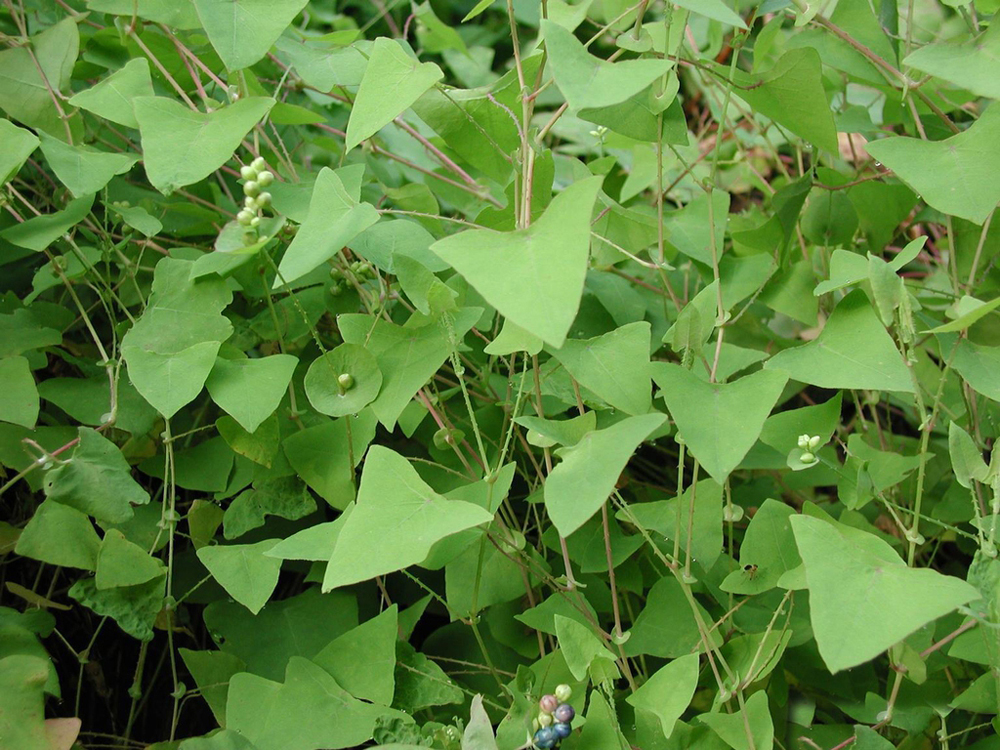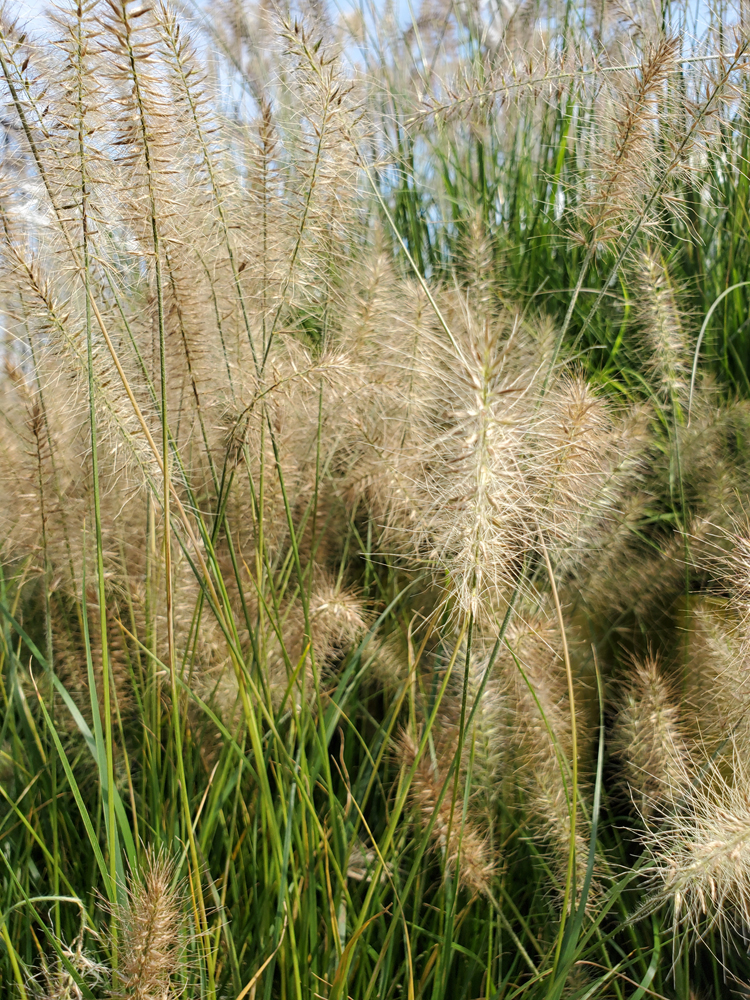The invasive Mile-a-minute

This column was inspired by a reader who contacted Westside News about an invasive vine that can smother and kill plants. Although I am not sure this is the vine the reader is referencing, I do know Mile-a-minute (Persicaria perforliata) is an invasive vine found in our area, can grow six inches in one day, and can blanket and slowly suffocate native vegetation, especially small shrubs and trees.
Penn State Extension says Mile-a-minute is a trailing vine with barbed stems and triangular leaves. It is a herbaceous annual, meaning that it does die back each fall, but the plant produces large amounts of seeds – thousands – that can remain dormant for as long as six years. The plant is native to India and East Asia and came to this country unintentionally in the 1930s in contaminated nursery soil.
You may have seen it growing along stream banks, disturbed sites, and along roadsides. Mile-a-minute can grow more than 20 feet in a single growing season and its seeds are dispersed by wildlife, traffic and even water. The plant is characterized by dull green triangular leaves with sharp corners. The underside of the central vein and leaf stems have many hooked barbs. Penn State says round, leaflike structures known as ocreae, completely encircle the main stem at the base of each petiole.
Mile-a-minute produces berrylike fruit in late summer that is metallic blue or purple in color. The fruit appears in a long cluster at the tip of the vine. Barbs on the stems allow the vine to easily climb over other plants and surfaces. The dead, tangled stems persist over the winter, covering desirable plants.
The vine prefers sunny conditions – it will not do well in shade – and also likes moderate to high soil moisture. Penn State explains that the ongoing fragmentation of forests from development helps create more habitat for establishment of Mile-a-minute.
A few years back, I had a vine in one of my gardens. It actually took several weeks for me to realize it was Mile-a-minute. I was able to easily pull it out of the soil before the plant went to seed. Mechanical control is very effective with limited infestations. Be sure to protect your hands with gloves while removing the vine. If you are pulling plants after seed emergence, place the plants in bags and destroy.
West Virginia University Extension says selective herbicides containing triclopyr or 2,4-D + triclopyr provide effective control of this invasive weed. Glyphosate (Roundup) – a non-selective herbicide – will also control Mile-a-minute. Remember to follow label directions when applying any herbicides/pesticides.
It is interesting to note that Mile-a-minute may be managed by Integrated Pest Management. A specialist weevil (Rhinoncomimus latipes) lays eggs specifically on Mile-a-minute. Larvae feed until they pupate and drop into the soil. Although the weevil does not eradicate the plant, it does severely stunt its growth. Other plants are not harmed.
Be on the lookout for this plant in your yard during the growing season – you will want to remove it as soon as you identify it.





